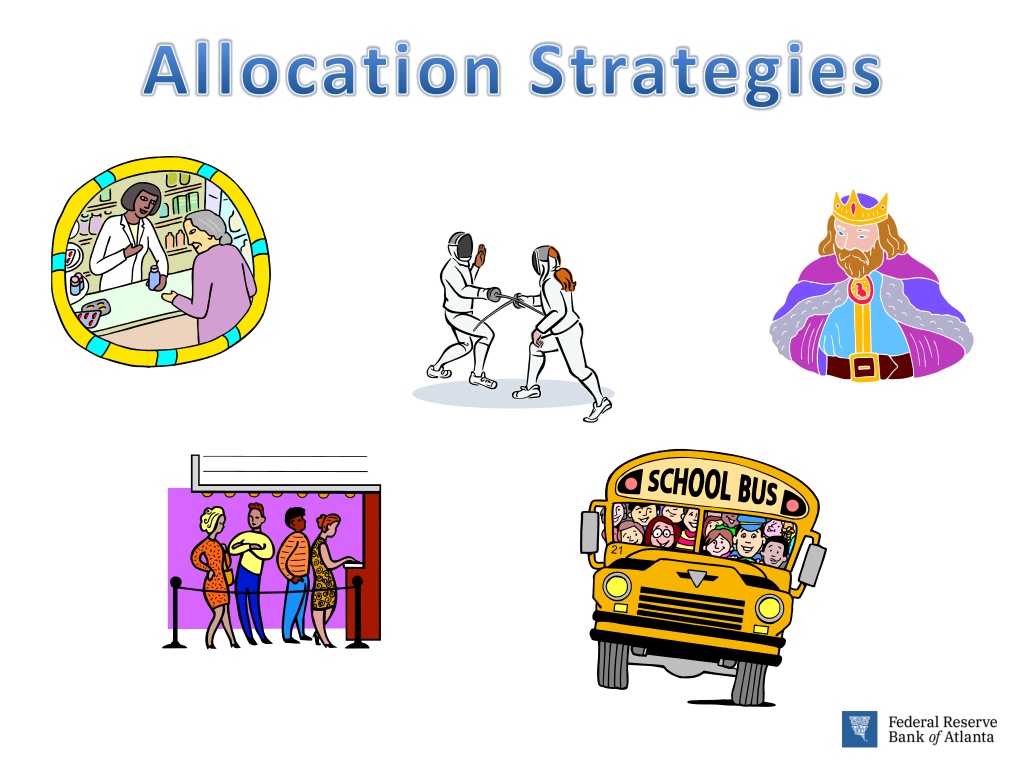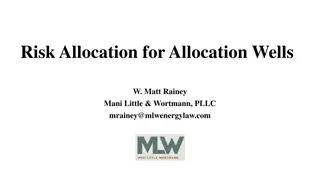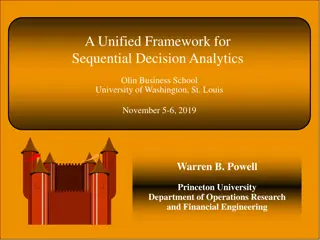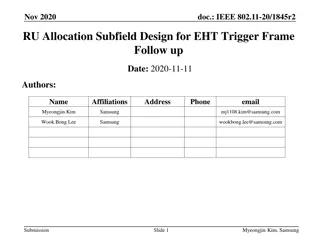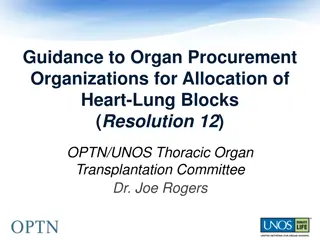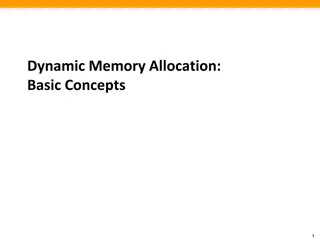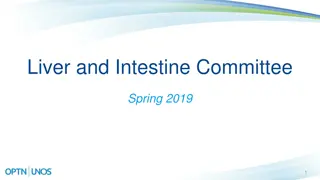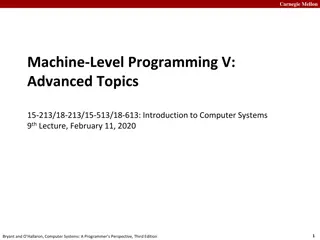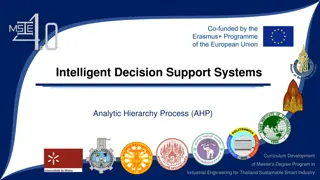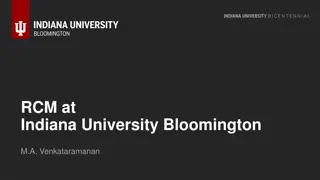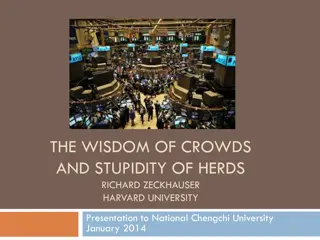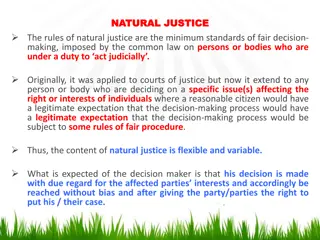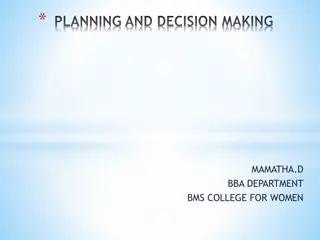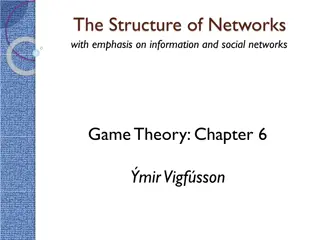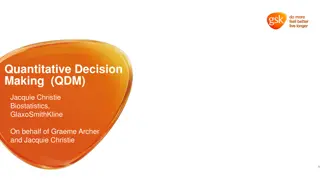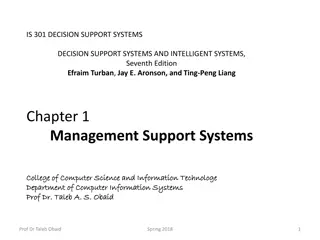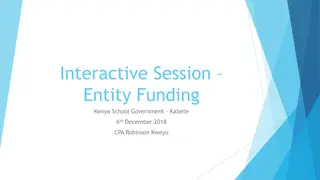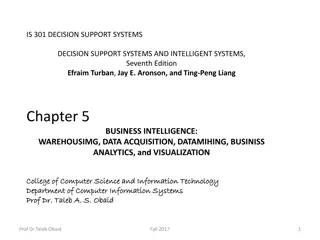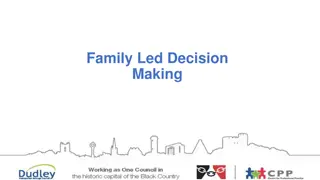Effective Allocation Strategies for Decision-Making
Explore various allocation strategies such as Majority Rule, Random Selection, Authority, and Competition through a scenario of deciding who gets the candy. Analyze the efficiency and fairness of each strategy, consider the balance between economic efficiency and equity, and envision potential impacts of applying similar allocation methods to government services. Evaluate social-economic goals and allocation strategies in the context of the United States.
Download Presentation

Please find below an Image/Link to download the presentation.
The content on the website is provided AS IS for your information and personal use only. It may not be sold, licensed, or shared on other websites without obtaining consent from the author. Download presentation by click this link. If you encounter any issues during the download, it is possible that the publisher has removed the file from their server.
E N D
Presentation Transcript
Instructions Who Gets the Candy? 1. There are four people in a group. 2. Write the name of each of your group members in the space beside the word alternatives. What does alternatives mean? 3. Leave criteria blank. We will do this together!
Majority Rule 1. Write majority rule in the first blank under criteria. 2. Give each person 10 seconds. 3. In 10 seconds tell the group why you should get the candy. 4. Vote for each person. 5. Give the person with the most votes a (+) and give everyone else a (-) sign.
Random Selection 1. Write random selection in the second blank under criteria. 2. Ask group members to write their names on slips of paper. Fold up the slips. 3. The teacher will pick a slip for each group. 4. Give the person whose name was picked a (+) and give everyone else a (-) sign.
Authority 1. Write authority in the third blank under criteria. 2. The person s name chosen for random selection (lottery) is now the king or queen. 3. The king or queen commands that one person in the group (other than him- or herself) should get a (+) sign. Everyone else gets a (-) sign.
Competition 1. Write competition in the fourth blank under criteria. 2. Play best out of three in a game of rock-paper-scissors with a partner in your group. 3. The winning partner will play the other winning partner. 4. The final winner should get a (+) sign. Everyone else gets a (-) sign.
Who Gets the Candy? 1. Count the total (+) signs for each person. 2. The person with the most (+) signs gets the candy.
1. Which allocation strategy do you think is most efficient? Why? 2. Which allocation strategy do you think is most fair? Why? 3. What do you think is more important, economic efficiency or economic equity (fairness)? Why? 4. How satisfied were you with the methods used to allocate the candy? Explain. 5. What benefits and/or costs do you foresee if our government allocated public goods and services in the same way? 6. Look at the full list of allocation strategies. For each of the strategies, identify one thing in the United States that we allocate using that strategy. 7. Look at the full list of social economic goals. Which two goals do you think are valued most highly in the United States? Give evidence to support your assertion.
